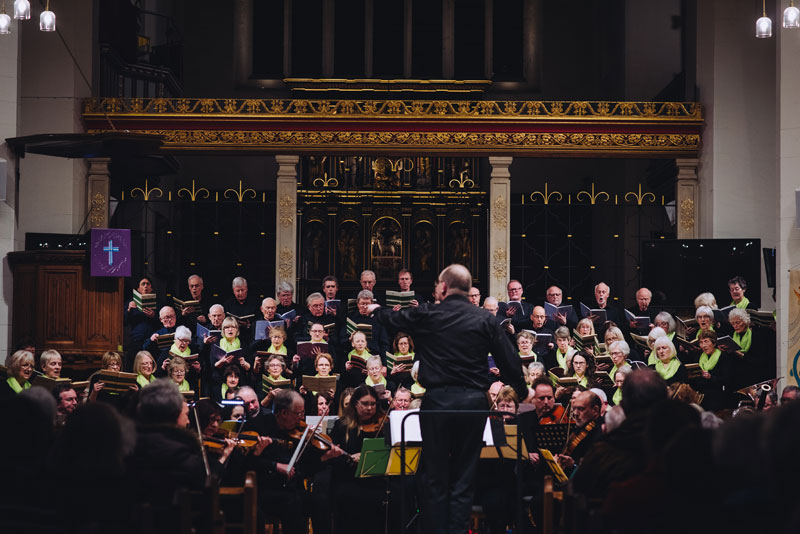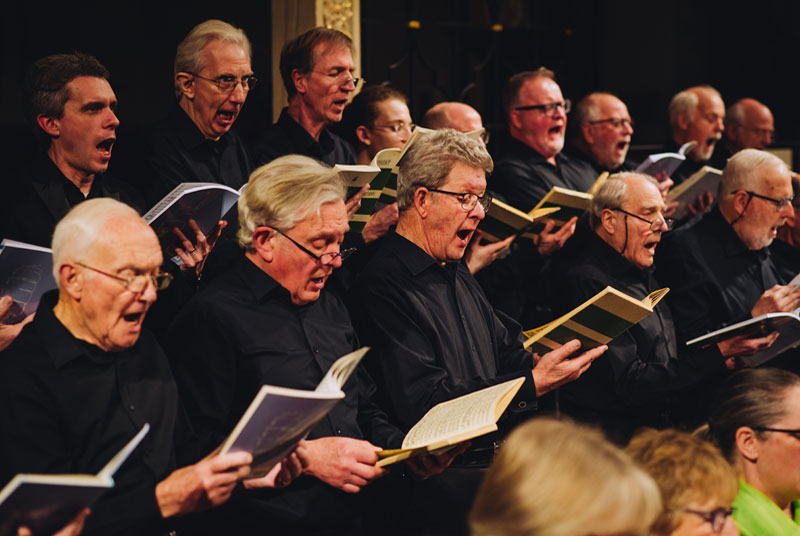Perhaps the most gentle and consoling of all Requiems, Gabriel Fauré achieved some of his most beautiful melodies in this popular choral work. Fauré himself described his Requiem as “a lullaby of death,” and it was almost certainly inspired by the death of his parents in the 1880s. Unlike many of his contemporaries, Fauré had no clear religious beliefs and thus, in place of the sombre nature of many requiems that had gone before, Fauré’s is noted for its calm, serenity and peace. Here we find musical solace in a work that focuses not on the morbid, but on the supposedly restful and fear-free nature of death, brought to us with the most glorious, rich and soulful melodies.
Haydn’s Nelson Mass is one of the six masses written near the end of his life and it has been suggested to be his greatest single composition. Originally entitled ‘Mass for Troubled Times’, Haydn’s mighty choral work is now forever associated with Admiral Horatio Nelson’s victory over Napoleon. So, despite the menacing opening which leads into the dramatic depiction of danger and agitation, the prevailing mood of the Nelson Mass is one of triumphant victory and jubilation. Unlike Fauré, Haydn was a deeply religious man who once observed, ‘At the thought of God my heart leaps for joy, and I cannot help my music doing the same.’ One can’t help considering that the sparkling vitality of the Nelson Mass is the very epitome of that statement.











